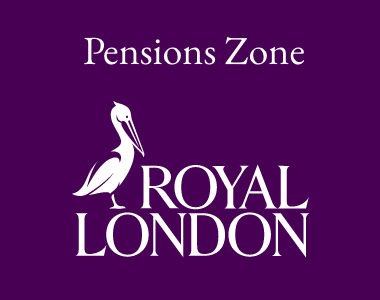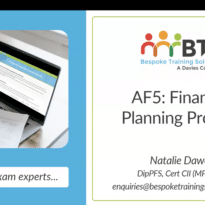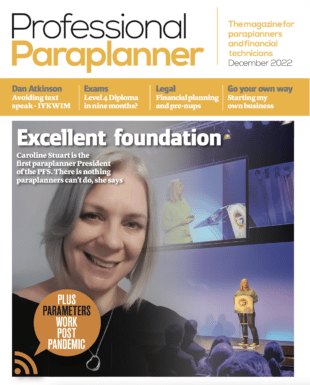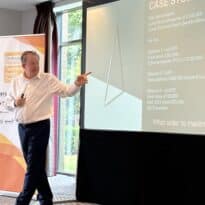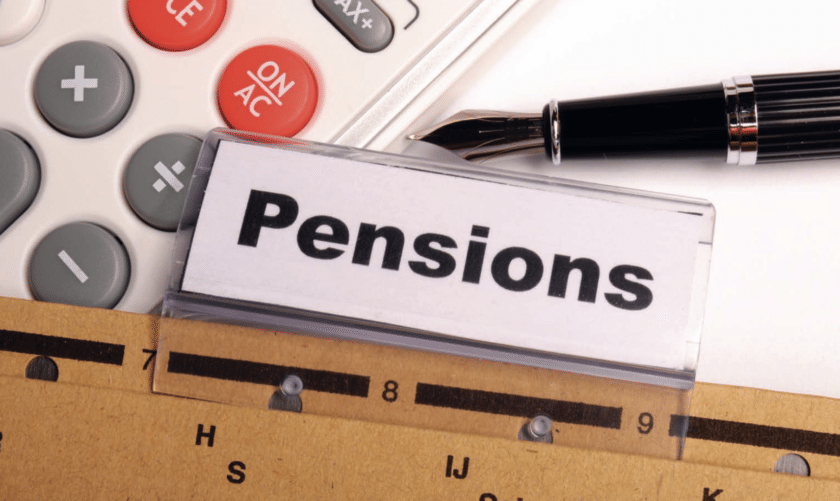To start their new year series of exam-related articles for Professional Paraplanner, the Brand Financial Training team pick the bones out of the Autumn Budget, and what now applies in 2025.
What goes around comes around. It is a saying particularly pertinent in politics. It is also one with a significant impact on financial planning.
In 2015 as part of the pension freedoms, the 55% tax charge on unused pension funds on death was removed. Instead, beneficiaries were permitted to receive funds up to the member’s lifetime allowance completely free of tax in the event of the member’s death prior to the age of 75. Income tax would be applied at the beneficiary’s rate where the member died post-75.
It is a situation which encouraged many to utilise their pensions as an intergenerational planning vehicle. Many members made significant contributions for the freedom to use their pots for estate planning purposes. Some even opted to transfer out of defined benefit schemes for that very purpose.
Now, fresh on the heels of the lifetime allowance abolition, all of a sudden, we have another huge change to the pensions landscape to contend with. In the autumn 2024 budget, Chancellor Rachel Reeves announced that with effect from 6 April 2027, inheritance tax will be applied to pension pots and death benefits payable from existing schemes.
This does beg the question of whether a protection regime should have been established for those who had already made irreversible commitments on the basis of the old system. However, that point notwithstanding, the implications for personal financial planning could be enormous.
The government, in conjunction with HMRC, has recently launched a technical consultation seeking views on the processes required to implement the changes. One question which immediately sprung to mind at the budget was whether income tax would continue to be charged on top of IHT. Worryingly for financial planning firms and their clients, where the client was aged over 75 at the time of death, the answer appears to be yes.
Again, the logic of retaining the pre/post-75 distinction could be questioned with there no longer being a lifetime allowance. However, at the time of writing, it appears that the government intends to do so.
So, what happens where a death benefit is payable in the form of a lump sum? Will this be subject to both inheritance and income tax as well? Again, it appears from the current technical consultation that this will be the case, with the pre/post-75 distinction also applying to death benefits paid in this way. The implications of this in terms of a tax bill could be quite significant where the lump sum is a large one.
Applying both inheritance and income tax to the pension on post-75 deaths would appear an unfair double whammy. However, at present it appears to be the intention of government. It is one, however, slightly mitigated by the fact that IHT bills will be able to be deducted directly from the pension assets. This will prevent beneficiaries being forced to draw taxable income in order to cover them.
It is also currently intended that the nil rate band will be split between pension and non-pension assets. So, for example, let us imagine that a member had an estate valued at £1m and a pension valued at the same. The nil rate band would be split £162,500 apiece. This would mean an inheritance tax bill of £335,000 apiece on the pension and the main estate. The portion of the bill relating to the pension would be deducted from the fund value to leave a net fund of £665,000.
It appears that the spousal exemption will continue to apply where the recipient of the benefits is a lawful spouse or civil partner. However, this will then increase the IHT liability on second death. It also throws up the very interesting issue of the main residence nil rate band. As things currently stand, this is reduced by £1 for every £2 of estate value over £2m. It remains to be seen if pension wealth will be included in this. However, if it is then the real tax cost could be even greater still.
Of course, some of the finer details of exactly how this will be applied have yet to be provided. For example, what happens with income-based death benefits such as annuity guarantee periods? HMRC’s consultation document is light on detail, stating that the intention is for beneficiary annuities to be included within the scope of inheritance tax. However, there is no real detail as to how and in what circumstances it is intended to apply. For example, whether it will apply only where unused funds are used to purchase a beneficiary annuity. Alternatively, whether it will apply where ongoing income benefits, such as a guarantee period or dependents benefits, are provided from a pre-existing annuity.
It would be tricky to apply what is intended to be a capital tax to benefits payable in the form of ongoing income. It remains to be seen exactly how, if at all, the tax will apply in that respect. One thing that has been made clear is that defined benefit dependent’s pensions will not be within the scope of the tax. They will, however, remain subject to income tax whatever the member’s age at the time of death.
Whatever the outcome, the changes are likely to throw up a challenge for advisers and may present some interesting planning angles. Pension commencement lump sums may present a particular issue. Historically, best advice has tended to be seen as leaving the funds to grow free of tax until they are needed. But as things stand, there is no opportunity for the beneficiary to take 25% tax-free on death. Therefore, we may well see more clients minded to take their tax-free cash at the earliest opportunity to protect it from the double taxation on death post-75.
Likewise, the current rules contain an exemption for gifts made out of surplus income. This provides that a donor may make unlimited gifts which are treated as immediately being outside of the estate. This is provided they are from surplus income and do not impact the donor’s standard of living. Therefore, could we see members exhausting their drawdown pots as income to gift to beneficiaries under this exemption? Taxable pension drawings are generally accepted as income in nature. What is more, even payment of additional rate income tax may be a good deal if it avoids duplicate taxation at a later date
Alternatively, let us say a member has funds which are surplus to requirements. Could the member purchase an annuity with them and simply gift the monthly annuity payments to their beneficiaries under the surplus income exemption? As another alternative, annuity or drawdown income could be used to pay the premiums on a whole-of-life policy placed in trust for the beneficiaries. Under current rules, this would have the impact of moving the death benefit outside of the estate.
The consultation acknowledges that the measures ‘may incentivise certain other behaviours as individuals seek to reduce their overall Inheritance Tax liability’. HMRC does state that Individuals could respond by providing more generous or frequent gifts during their lifetime to pass wealth to beneficiaries. This may include drawing down the pension to do so. However, at present, HMRC appears fairly non-committal as to what its view on, or approach to, such measures would be likely to be.
There are a lot of factors to ponder and some of them will only be clear in the fullness of time. But it’s safe to say that, for high-net-worth financial planners, the challenge faced in the coming years just got a whole lot greater. As it did for anyone currently studying towards the R04, J05 or AF7 exams.
About Brand Financial Training
Brand Financial Training provides a variety of immediately accessible free and paid learning resources to help candidates pass their CII exams. Their resource range ensures there is something that suits every style of learning including mock papers, calculation workbooks, videos, audio masterclasses, study notes and more. Visit Brand Financial Training at https://brandft.co.uk






